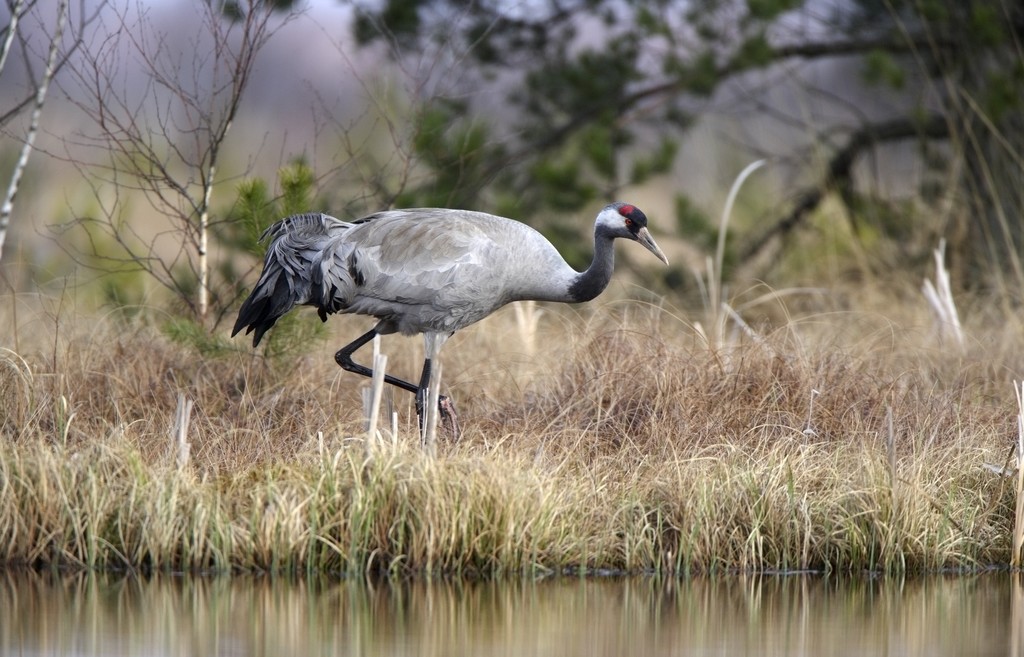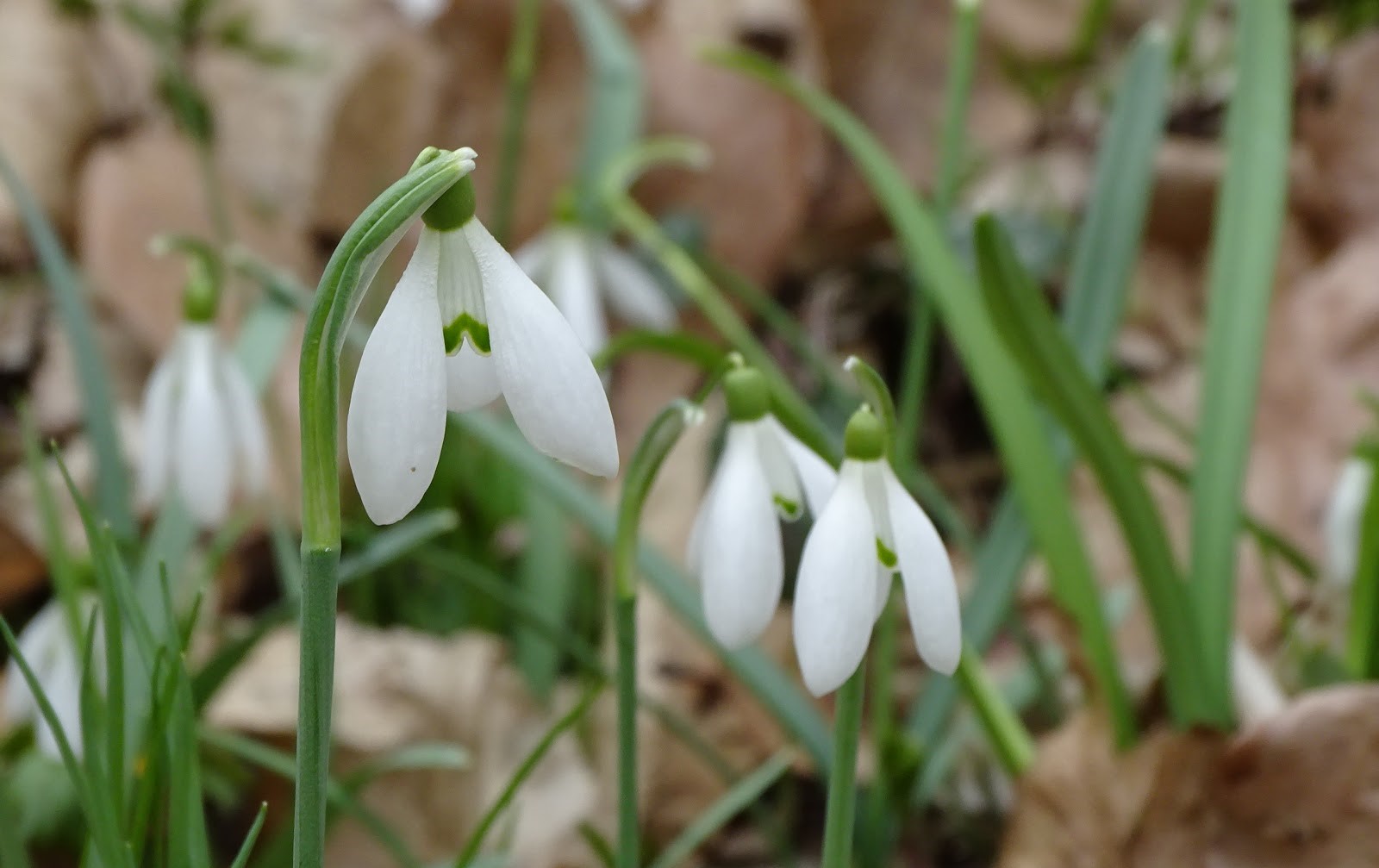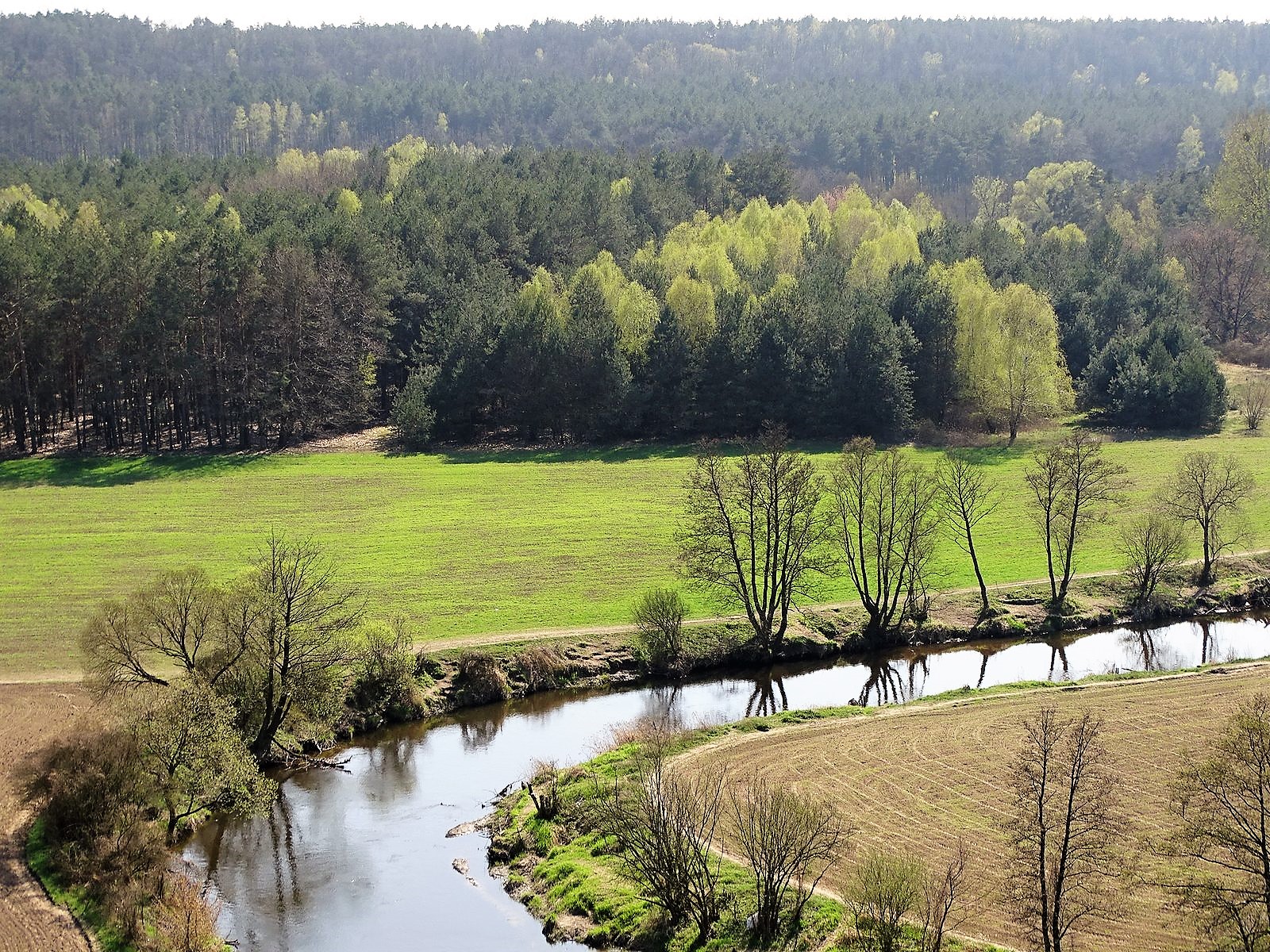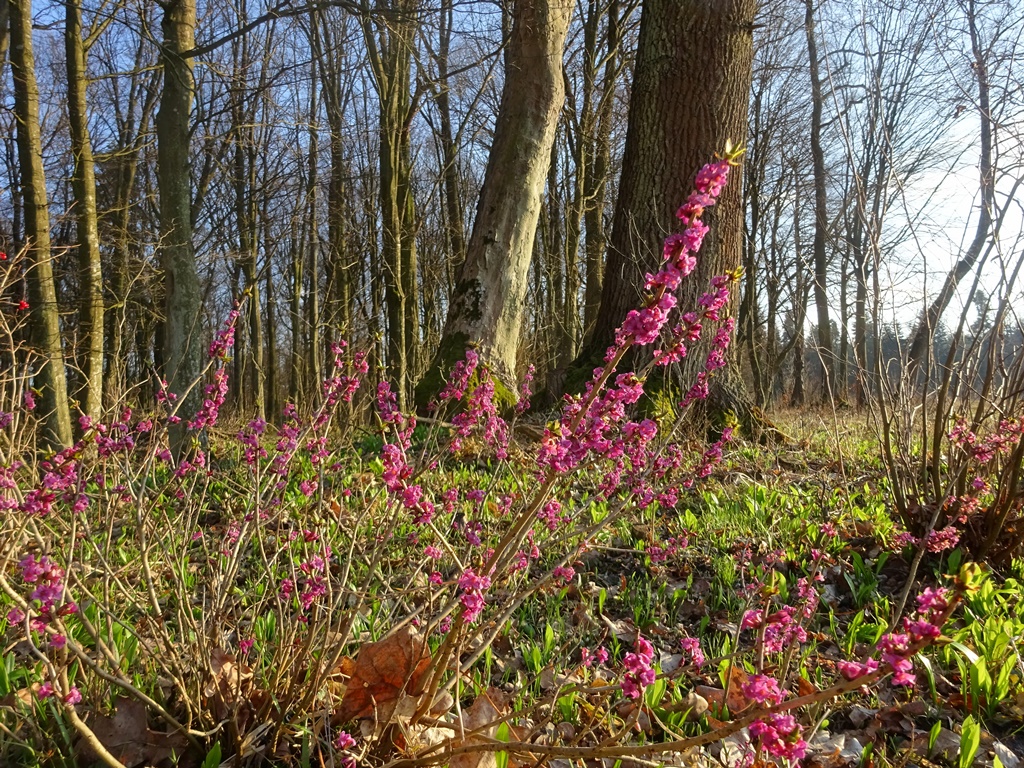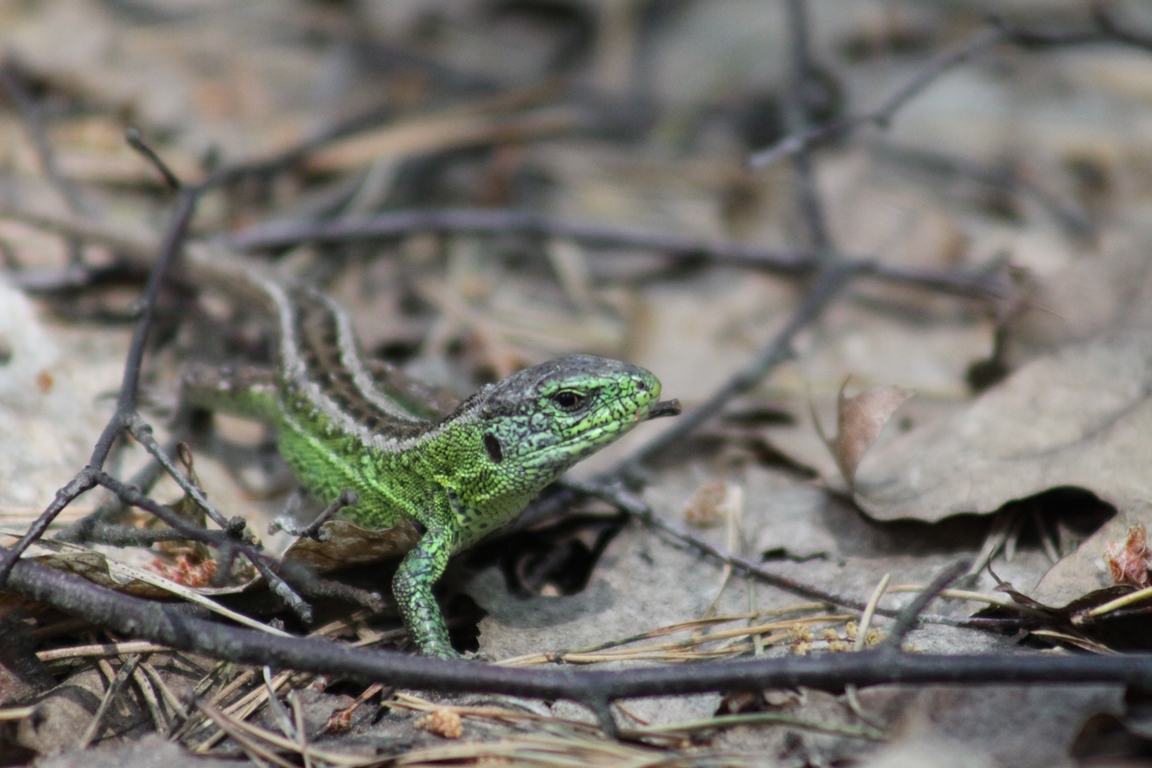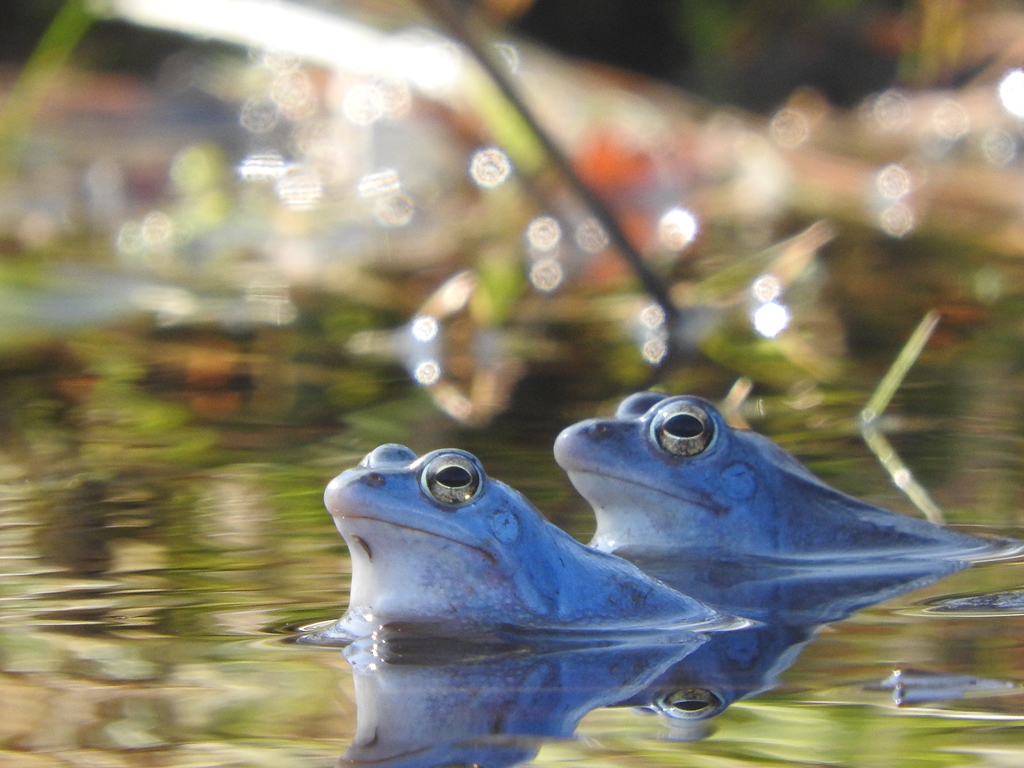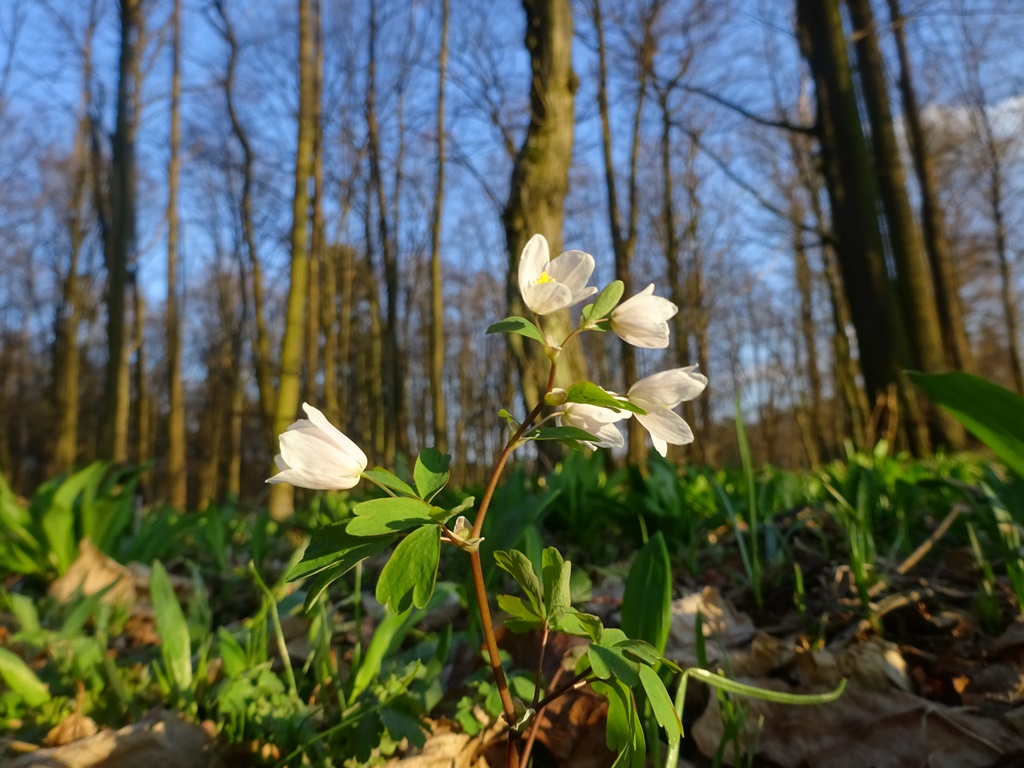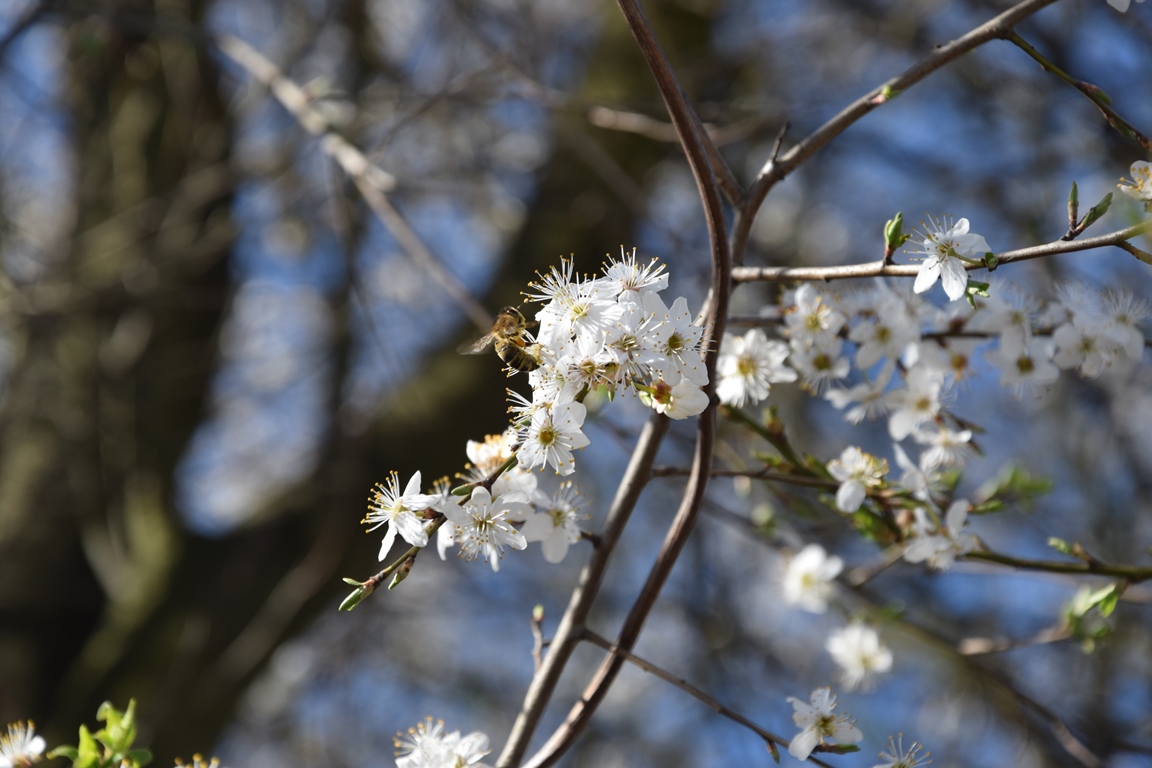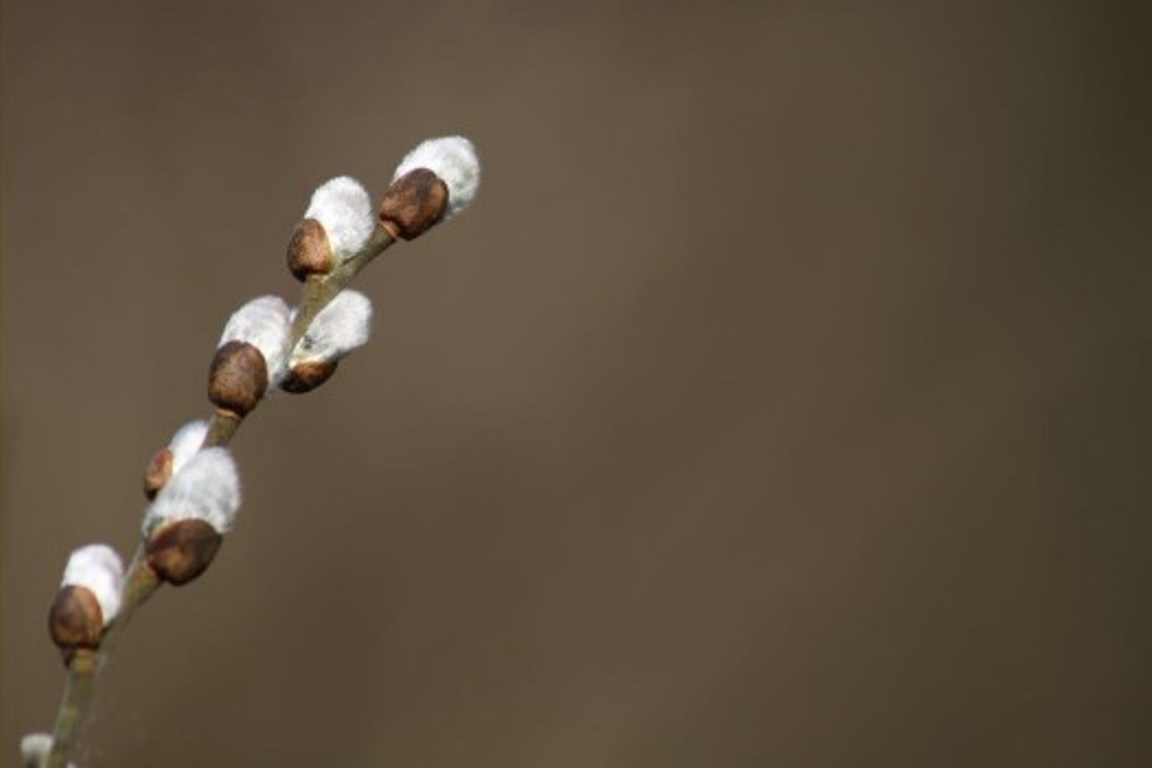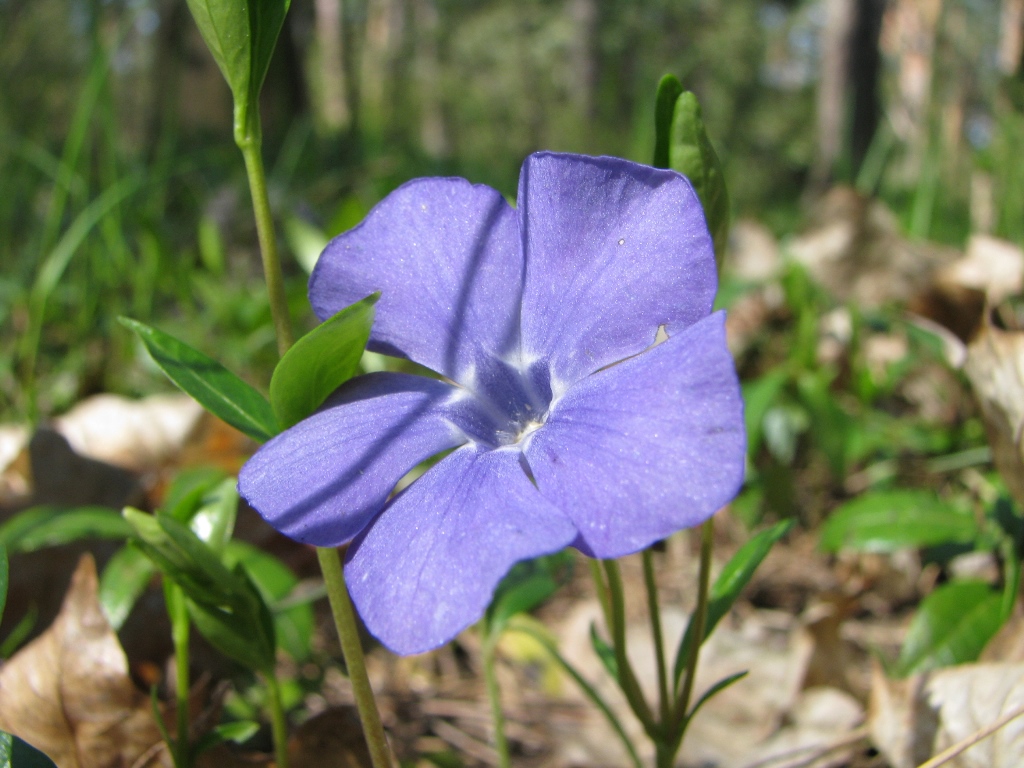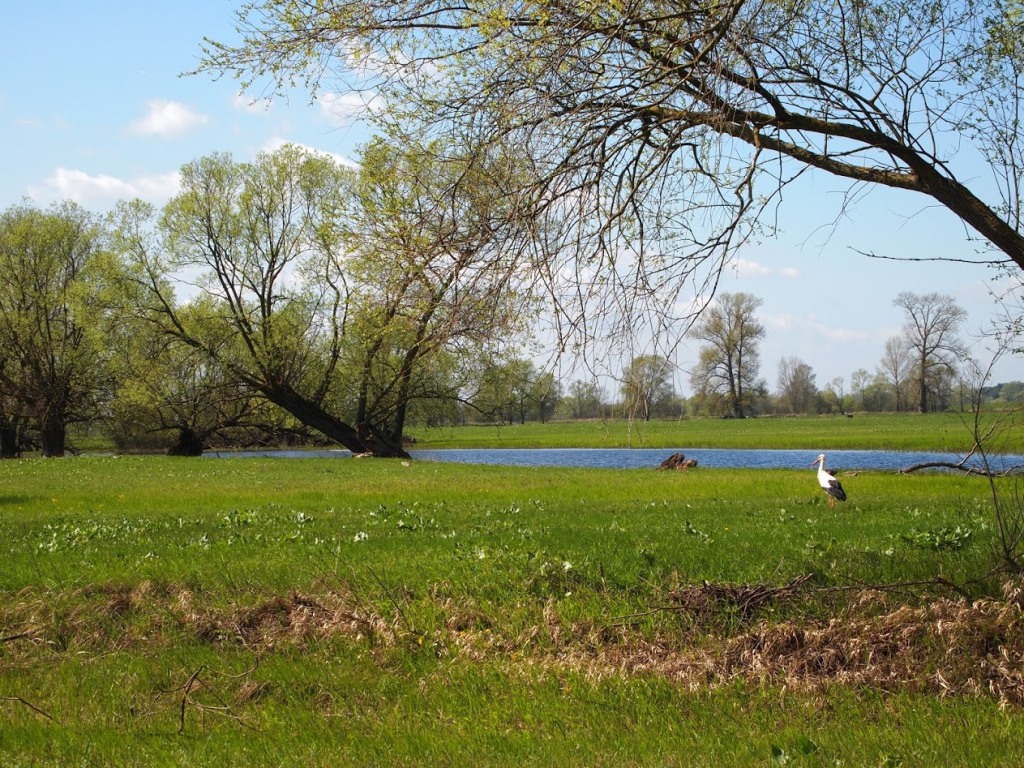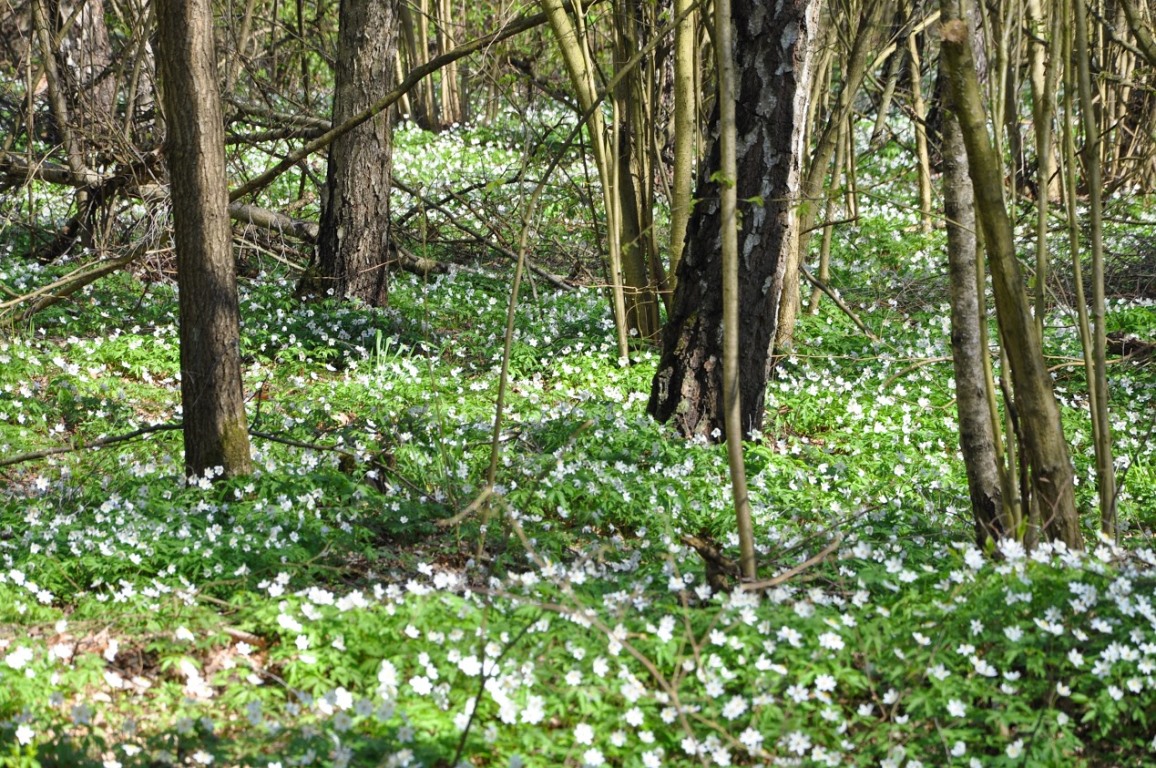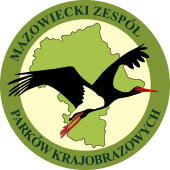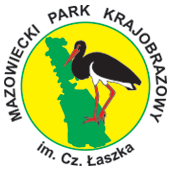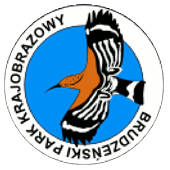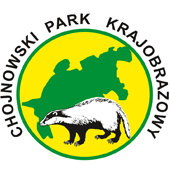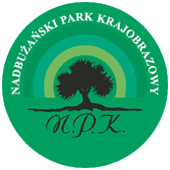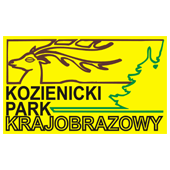History (KPK)
Kozienice Oldgrowth Forest (formerly also called Radomska Forest) in its present day form dates back to 17th Century. Since 1607 the administration of this royal forest has been located in Kozienice. Up until the end of the Ist Republic of Poland (I Rzeczpospolita), the Forest belonged to the Royal Family. Most historical sources about Kozienice Oldgrowth Forest date back to the times of Jagiellonowie Dynasty. During that time the Forest was mostly used for game and honey hunting. Animal species composition was especially rich, Kozienice Oldgrowth Forest was home to numerous deer, elk, wild boars, beavers, brown bears, lynx, wildcats, badgers, foxes, martens, European polecats, birds of prey and waterfowl.
Hunting developed here because of the Forest’s convenient location along the road connecting Cracow with Vilnius. This road was called the Lithuanian Highroad (Litewski Gościniec) or the Royal Road. King Władysław Jagiełło especially was a lover of Kozienice Oldgrowth Forest and Jedlnia village. He used to spend his winters in Lithuania and on his way back to Cracow he always stopped at the „Larch Manor” in Jedlnia. During the period 1403-1434 he visited the forest 23 times. Great hunts were organised here, the most prominent of them in 1410 – the Great Hunt – in order to collect meat supplies before the war with the Knights of the Teutonic Order. In 1409 a skating bridge (today we would call it a pontoon bridge) was built here and rafted to Czerwińsk where the Polish Army used it to cross Vistula River and march on to fight the Teutonic Knights.
Inhabitants of forest villages such as Jedlnia, Makosy and Kozienice enjoyed many privileges given to them by the king. In 1387 king Władysław Jagiełło released Jedlnia village from all duties except for the tribute in honey and hunting service. In 1430 he issued Jedlnia Privileges (confirmed in Cracow in 1433) which granted local noblemen personal immunity.
Kozienice Oldgrowth Forest was protected against deforestation and heavy logging as a royal hunting place. Back at that time wood was abundant and so it had no major value – whether as construction material or as fuel. Low timber extraction at the time was also due to technical difficulties. Woodworks employed primitive tools; transportation occurred by wooden carriages (with wooden axels without steel hoops) which were pulled by oxen.
During that time local industry included tar production plants, bird keeping centres, cooper and wheelwright workshops. Timber mills were rare; they were usually not separate workshops but were constructed together with grinding mills. These used water energy. In 1475 Abbot Jan permitted Piotr Przerwisz to build a grinding mill and a timber mill on Czarna (Zagożdżonka) River in Janików Estate. First mills were usually called by the miller’s family name – e.g. Słowiki („the Nightingale’s”) or Śmietanki („the Cream’s”). In 16th and 17th centuries there were 4 timber mills ran together with grinding mills in the villages of Kociołki, Pionki, Zagożdżon and Płachty on Zagożdżonka River. In 18th century there were 3 timber mills in Kociołki, Pionki and Zagożdżon. A timber and grinding mill were located on Mironica River. Sucha Village had a timber mill built in 1718 by the local pastor. Similarly to mills, workshops for melting iron out of iron ore were built on river banks. Turf iron ore was collected on wet forest meadows. Workshops were heated with charcoal supplied by tar workshop workers. Oftentimes, such workshops were located in the forest. In Kozienice Oldgrowth Forest tar workers (in Polish called „smolarze”, „maziarze” or „budnicy”) worked timber into tools and burnt it into charcoal. They comprised a large part of the population – in Jedlnia there were 11 of them, in Kozienice – 3, in Jastrzębia – 6 and in Sucha – 2. The stoves were later (around the 1860s) used for making tar and turpentine.
Similarly to game hunting, honey hunting developed in Kozienice Oldgrowth Forest. In 16th Century about 327 families hunted for honey in Radomskie Municipality (Starostwo Radomskie). Honey hunters „rented” honey trees with wild beehives and had to pay tribute, usually in honey. Honey hunters could enter the forest as much as they wished, they could cut out phloem to make ropes, collect acorns, mow meadows, graze cattle, sow on field edges as well as collect berries, nuts and mushrooms. A group of wild beehives rented by one honey hunter was called his „corner” (in Polish „kąt”). Such a corner encompassed a section of the forest delimited by forest paths, roads and streams. Beehives were marked by carving a sign into the tree bark. Honey hunters were grouped in honey hunting organisations. In 1505 there were 37 such organisations with 55 honey hunters from Jedlnia village and its outskirts belonging to them. Honey hunters of Radomska Forest were based in Jedlnia village and kept count of their activities from year 1584. Any honey hunter who had wild beehives in the forest could become a member if he swore a special oath. The organisation had its own court which settled disputes as well as penalised misbehaviour. A court rock near which disputes were settled remained on Jedlnia school’s sports field until after World War II. Honey hunting blossomed in 16th and 17th Centuries.
Important events in the history of Kozienice Oldgrowth Forest:
12th Century – Vistula’s riverbanks are deforested and the villages of Magnuszew, Świeża, Gniewoszów, Kozienice, Lesiów, Tczów and Jedlnia are founded.
1320 – Kozienice Oldgrowth Forest is administered by Radomskie Municipality (Starostwo Radomskie)
1347 – Kazimierz Wielki (Casimir the Great, King of Poland) issues Wiślickie Articles encouraging people to settle in Kozienice Oldgrowth Forest.
The turn of 14th and 15th centuries – rule of Władysław Jagiełło (King of Poland) – the King travels between Vilnius and Cracow; Jedlnia village develops; the Forest becomes and important royal hunting ground (the king hunted here 23 times).
1430 – King Władysław Jagiełło issues „Neminem Captivabimus nisi iure victum” Law („Jedlnia Articles”)
1st January 1447 – King Sigismund I the Old is born in Jedlnia.
1505 – Polish Parliament (sejm) gathers in Radom and passes „Nihil novi” Law.
1554 – first stock-taking of the Forest.
1607 – Ekonomia Kozienicka is created.
1772 – Augustów and Stanisławice villages receive their location.
1784 – Forest management separates from agriculture.
1786 – Mr Sewerynowicz – head forester – draws the first map of Kozienice Oldgrowth Forest.
1794 – First forest management plan is created. Karol Mehlig takes stock in the Forest, writes a forest management manual and suggestions. The Russians attack the rifle factory in Kozienice; Kozienice join Kościuszkowskie Uprising.
1795-1809 – the Forest falls under Austrian Partition (after Poland is partitioned by Austria, Prussia and Russia); the Forest is heavily ravaged.
19th century – Ekonomia Kozienicka falls apart, circa 40% of the Forest is in private hands.
1805 – forest management takes place according to Austrian methods.
1810-1811 – forest management (based on the Polish manual), the Forest is administratively divided into sectors (in Polish: obręb and oddział)
1819-1885 – forest management takes place according to the Russian manual
1863-1864 – January (Styczniowe) Uprising; political parties of Mr Czachowski and Mr Konowicz are active in the Forest.
1901-1902 – Kozienice forest district is divided into three forestry sub-districts: Kozienice, Radom and Garbatka.
1914 – Anielin-Laski Battle (It was the first regular front battle fought by the 1st Regiment of Polish Legions (Legiony Polskie) under the leadership of Józef Piłsudski jointly with the Austro-Hungarian Army against the Russian Army: major Michał Żymierski led the fight for Laski village and major Edward Rydz-Śmigły led the fight for Anielin village. Twoi hundred and fifty soldiers died.)
1915 – battle on the route between Pakosław and Chechły (Fights during the Great Offensive of the Central Powers: Puławy Legion was led by lieutenant-colonel Antoni Reutt and fough next to retreating Russian Brigades against the German Division of general Woyrsch. Fifty soldiers died.)
1912-1930 – forest management takes place.
1939-Battle of Świerże; German communications column was broken by „Hubal”.
1943-1945 – Home Army (Armia Krajowa) and Peasant Battalions (Batliony Chłopskie) partisans are active in the Forest.
1946 – 1966 – forest management takes place.
1962 – Zagożdżon Reserve is created.
1978 – Ponty Reserve is created.
1980 – Brzeźniczka Reserve is created.
1982 – Ciszek, Jedlnia, Załamanek and Pionki Reserves are created.
1983 – Kozienice Landscape Park is created.
1985 – Ługi Helenowskie and Miodne Reserves are created.
1994 – Krępiec Reserve is created.
1995 – Kozienice Oldgrowth Forest (Lasy Puszczy Kozienickiej) forest promotional complex is created by the Polish State Forests; international seminar entitled „The basis of sustainable forest management” takes place).
1997 – 5th Congress of Polish Foresters focuses on „The challenges to forest remodelling in forest promotional complexes”.
1999 – Ponty Dęby Reserve is created.
2000 – OECD conference focuses on „Environmental impact of and strategy for the forestry sector until 2020”.
2000 – Królewskie Źródło (in Polish meaning „Royal Spring”) and Leniwa nature reserves are created.
2001 – Kozienice Landscape Park is enlarged.
